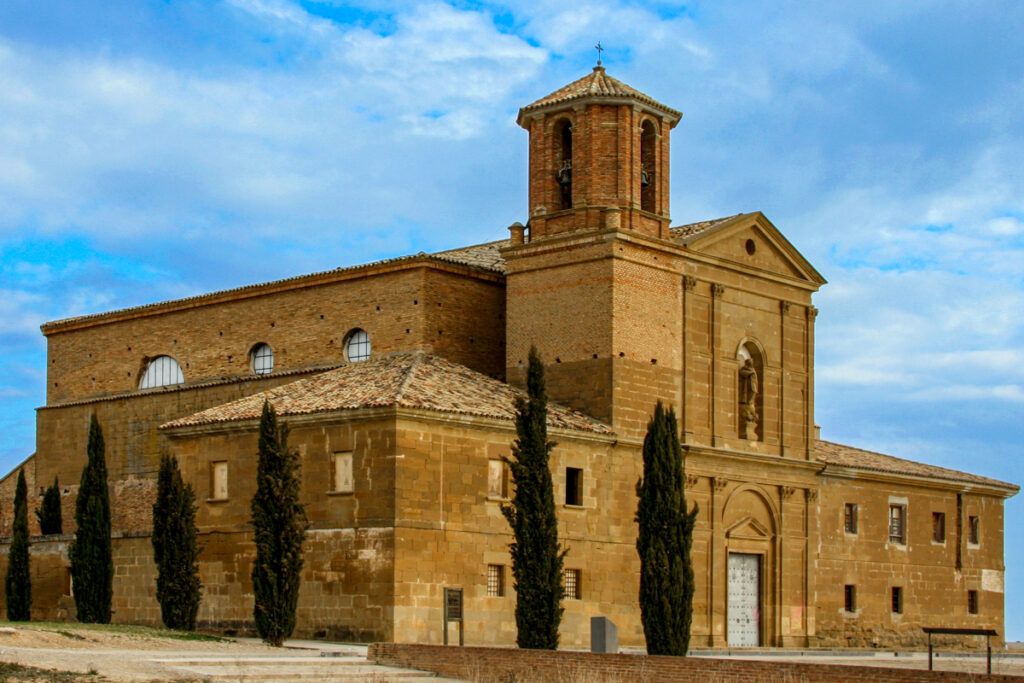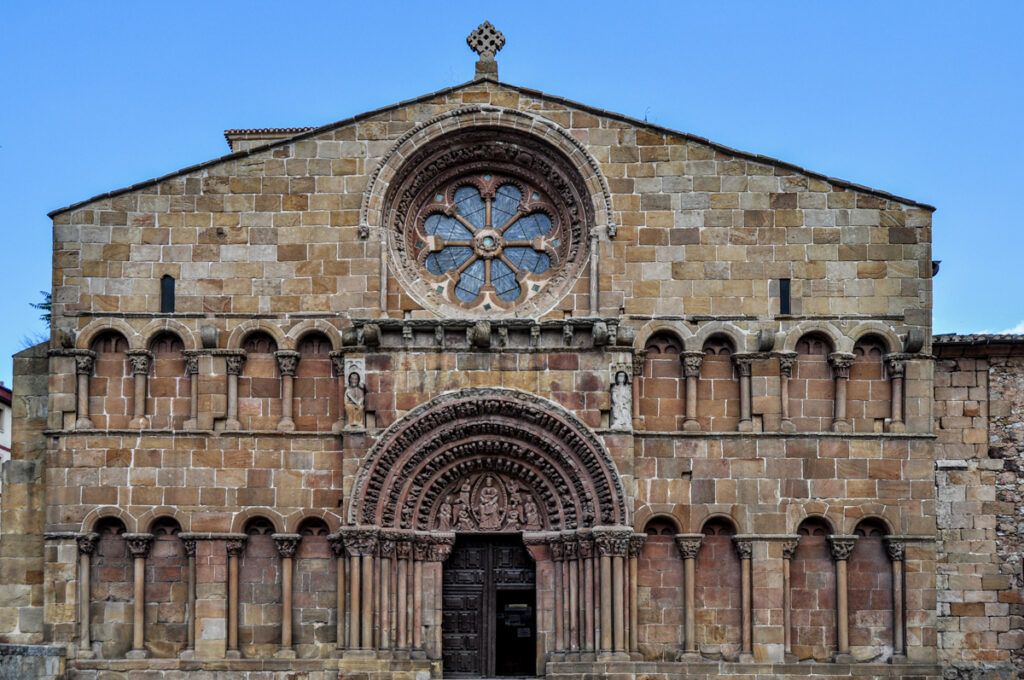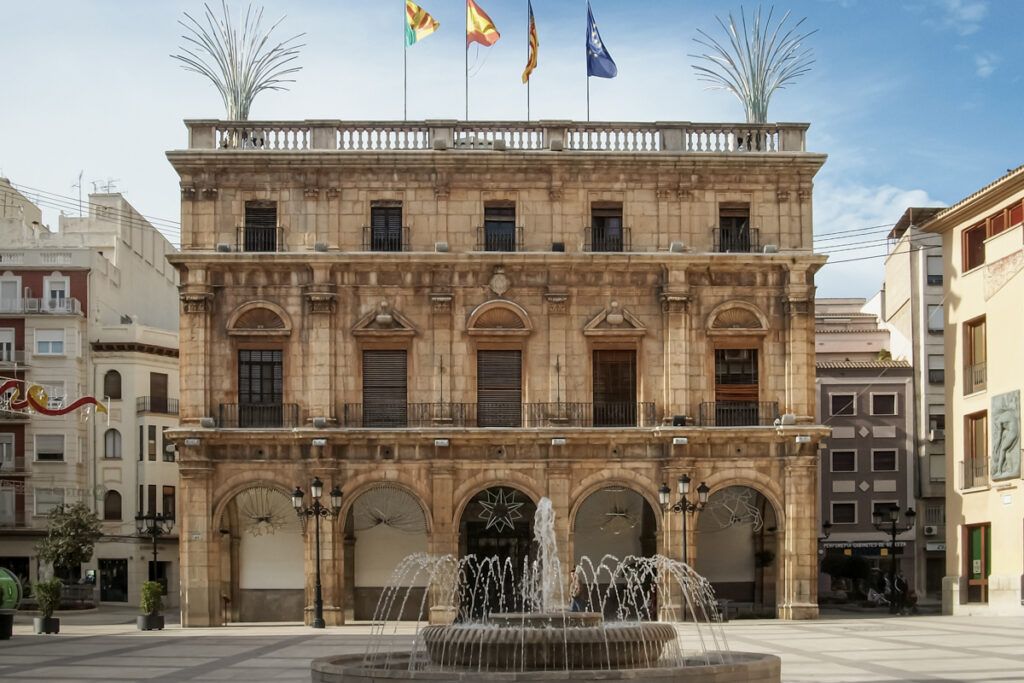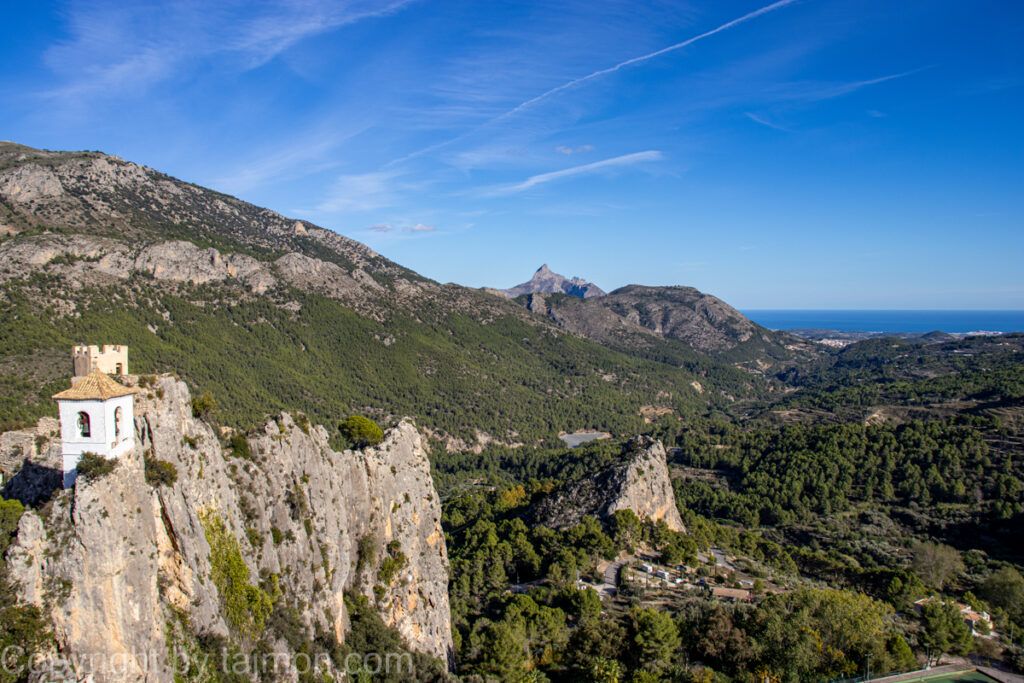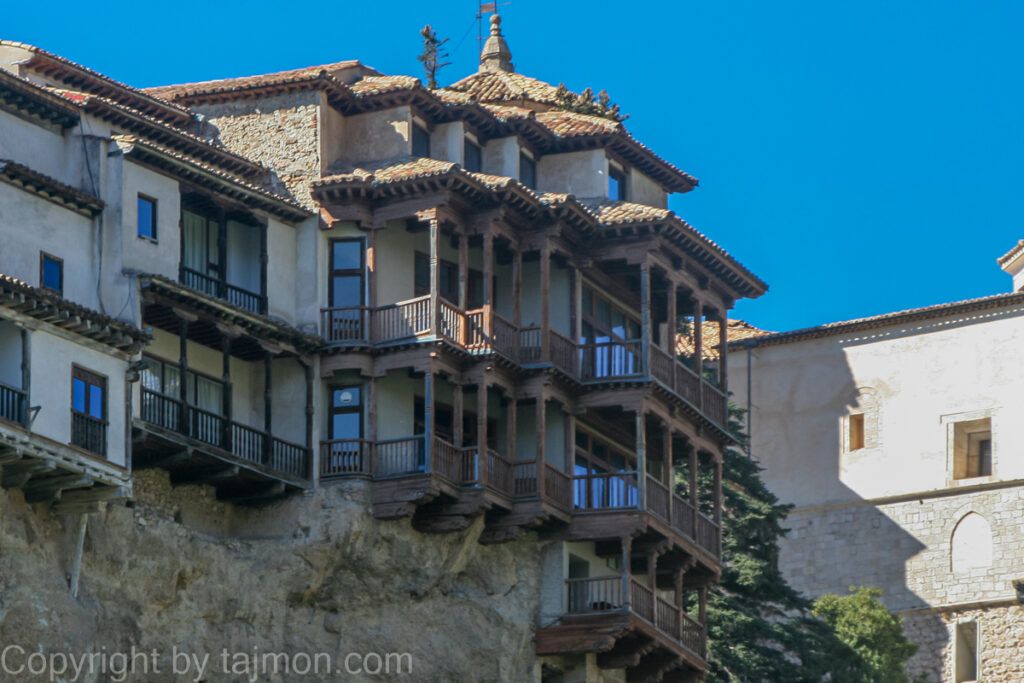History of Segovia
The first traces of human settlement in Segovia date back to about 60,000 years ago, when Neanderthals inhabited caves in the Eresma valley. In the Bronze Age, a fortified Celtic settlement was established on the hill where the Alcazar stands today, which survived until Roman times. In the 1st century BC, the Romans founded a military colony in Segovia to control trade and strategic roads in the region. They also built an amazing aqueduct that supplied water to the city from distant sources. The aqueduct is a symbol of Segovia and one of the best-preserved monuments of ancient Rome in Europe.
After the fall of the Roman Empire, Segovia was conquered by the Visigoths, and then by the Arabs, who called it Šiqūbiyyah. Under Arab rule, the city lost its importance and became impoverished. It was not until the 9th century that Segovia regained its freedom thanks to a Christian conquest, attributed to Count Ramon of Burgundy. The city began a process of repopulation and reconstruction, and also gained privileges and autonomy from the Castilian kings.
In the Middle Ages, Segovia became an important economic and political center, thanks to the development of wool trade, cloth production, and minting. In the 12th century, a new castle was built on the hill of the Alcazar, which served as a royal residence and the site of important historical events, such as the coronation of Isabella I of Castile in 1474. In the same century, a Jewish quarter was also established, which was a center of culture and science until the expulsion of the Jews from Spain in 1492.
In the 16th century, Segovia experienced an economic and social crisis, caused by competition from other cities, the decline of the textile industry, and conflict with King Charles I. The city participated in the uprising of the comuneros, which was suppressed by royal troops in 1521. In the same century, a new Gothic cathedral was built, which replaced the old one, destroyed by fire.
In the 18th century, Segovia regained some of its splendor thanks to the construction of the Palace of La Granja de San Ildefonso by King Philip V. The palace was a summer royal residence and the birth and death place of many monarchs. Around the palace extend beautiful gardens in the French style, adorned with numerous fountains and sculptures.
In the 19th century, Segovia was the scene of battles during the War of Independence against Napoleon and the Carlist Wars. The city supported liberals and constitutionalists, which brought it repression and loss of privileges. At this time, the historical and artistic value of the city began to be appreciated, leading to its renovation and protection.
In the 20th century, Segovia experienced social and cultural changes, such as the development of education, tourism, and industry. The city became the seat of IE University and the Academy of Fine Arts. In 1985, Segovia was inscribed on the UNESCO World Heritage List as an example of the preservation of historical and cultural heritage.
Return to the table of contents of the Segovia guide >>>>>>>>>>

